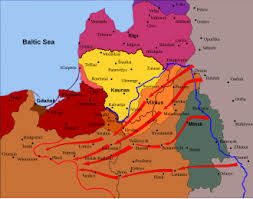Introduction
As the world becomes increasingly interconnected, understanding the unique characteristics of different nations is vital. Cape Verde and Eswatini, both African nations, offer rich cultural histories and distinctive geographical features. Yet, they differ significantly in various aspects, including climate, economy, and governance. This article aims to provide a detailed comparison of these two nations to highlight their similarities and differences, emphasizing their importance in the African context.
Geographical Overview
Cape Verde is an archipelago located off the northwest coast of Africa, consisting of ten volcanic islands. Its tropical climate and stunning beaches make it a popular tourist destination. In contrast, Eswatini, formerly known as Swaziland, is a landlocked country situated in Southern Africa, bordered by South Africa and Mozambique. The terrain of Eswatini varies from mountainous regions to savannahs, which significantly influences its climate, characterized by a more temperate season.
Cultural Insights
The cultures of Cape Verde and Eswatini reflect their unique historical backgrounds. Cape Verde has a distinctive Creole culture, influenced by Portuguese colonization and African roots, evident in its music, dance, and cuisine. The vibrant Fogo Festival highlights their cultural heritage through music and traditional dances. Conversely, Eswatini boasts a rich cultural heritage rooted in its monarchy and age-old traditions. The Reed Dance, or Umhlanga, is an annual ceremony that showcases the country’s traditions and solidarity among its people, drawing thousands of participants and spectators.
Economy Comparison
Economically, both nations face challenges but also display potential for growth. Cape Verde’s economy relies heavily on tourism, remittances from citizens abroad, and international aid. The government aims to diversify its economy by investing in renewable energy and fisheries. Meanwhile, Eswatini’s economy is primarily based on agriculture, manufacturing, and mining. The nation has a significant sugar production industry and has been encouraging growth in its textile and manufacturing sectors. However, it too faces economic challenges such as high unemployment rates and reliance on South African markets.
Conclusion
While both Cape Verde and Eswatini share the African identity, they differ markedly in geography, culture, and economic structure. Cape Verde’s strategic location and tourism potential contrast with Eswatini’s agricultural focus and cultural traditions linked to its monarchy. Understanding these differences is crucial for appreciating the diverse nature of the African continent. As both nations navigate their unique paths towards development, continued investment in their respective strengths can pave the way for sustainable growth and cultural preservation. For readers, this comparison underscores the importance of recognizing and valuing Africa’s rich diversity in heritage and potential.


